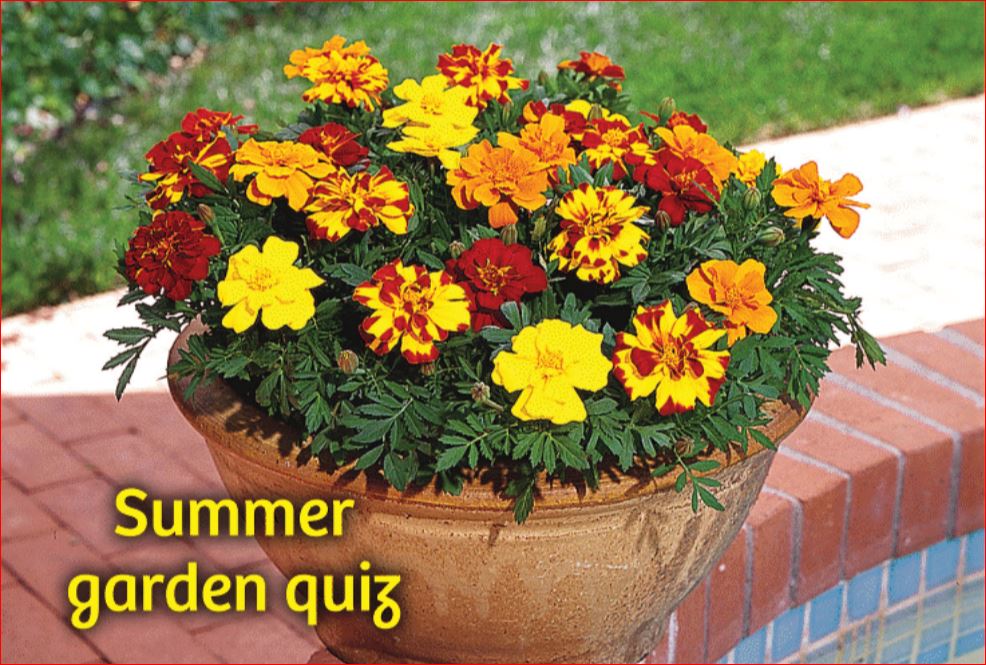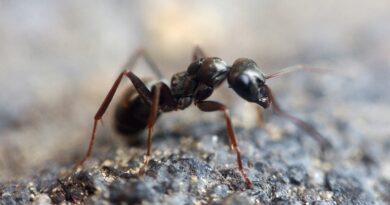Answers for Garden Knowledge Quiz
Below are the answers to our article, “Testing Your Garden Knowledge“. We recommend checking that out first to challenge yourself on how well you know these gardening facts!
1. Thunderstorms make plants greener
True.
Not just because of the rain usually associated with an electrical storm. Lightening causes nitrogen in the atmosphere to combine with hydrogen to make ammonium, and with oxygen to make nitrate. These are potent plant fertilizers, which get washed to the ground in the rain. Nitrogen is a key component of chlorophyll, the substance that makes plants green.
2. Rainwater is best for plants because it is so pure.
False.
In the sense that rainwater is not pure H2O. It is excellent for plants partly because it contains plenty of sulphur, which is vital to the formation of plant amino acids. Depending on the area, rainwater can contribute as much as 40 pounds of Sulphur peracre per year.
3. Generally, wind is bad for plants.
False.
Wind may knock the stuffing out of your peonies in the spring, but it also has several beneficial effects. Wind assists with pollination and spreads seeds (though admittedly seed spreading isn’t what most gardeners want—think dandelions). It also pushes young trees to develop stronger anchor roots. As far as the effect of wind on gardeners, it’s the one thing that may make work outside bearable when it’s really hot!
4. A hot, sunny day is a good time to collect seeds.
True.
Collect seeds from plants when they are at their driest to prevent mould and mildew from growing on them in storage.
5. A hot, sunny day is a good time to cut flowers for indoor bouquets.
False.
Extreme heat causes many flowers to wilt as soon as they’re cutoff from their life source. It’s true you will get more enjoyment from some flowers indoors during a heat wave—some flowers will last longer in an air conditioned environment, and you may last longer looking at them in an air conditioned environment!—so cut them early in the morning before the day gets really hot, and bring a bucket of lukewarm water to plunge the cut ends into immediately after being cut.
6. Put your hanging baskets in the shade during a heat wave.
True.
If you are willing and able to water them frequently enough—sometimes twice a day—go ahead and leave your hanging baskets and pots in the sun. But if you are not vigilant, a heat wave can do in your favourite displays. Moving pots and baskets to a shady area during a heat wave buys you a little more time to make sure they’re getting sufficient water. Bloom production on sun lovers will, of course, go down, but it will pick up again when the weather stabilizes and you move the plants back to the sun.
7. Watering on a sunny day will cause leaf scorching.
False.
There is a long-standing myth that sunlight gets magnified through water droplets on leaves, burning the leaves. But have you ever seen this happen? The strong argument for not watering your garden in the sun is that it’s inefficient; too much of the water gets absorbed back into the air before it gets absorbed into the soil. However, if your plants are looking sick and wilty in the heat of a sunny day, a good watering may make the difference between life and death. (Note: some plants have a tendency to take an afternoon nap on a hot sunny day and recover happily when the sun goes down with no special care.)
8. If you don’t water your grass through the summer it will die.
False.
If you keep a healthy lawn, go ahead and leave the sprinkler off through the hottest part of the summer. The grass will turn brown, but that’s a sign of dormancy, not death. It will green up again when things cool down a bit.
9. Plants absorb more water during a full moon.
True.
According to bona fide scientific research by Northwestern University professor Frank Brown, plants do absorb more water during a full moon, even when they are grown indoors without windows.
10. Lettuce appreciates a little shade on a hot day.
True.
Lettuce is a cool-weather crop and it really suffers through the dog days of summer.
8-10 correct:
You shine like the sun!
5-7 correct:
Cool, Daddy-o.
Fewer than 5 correct:
Maybe you were hit on the head with a hailstone as a child.
(First published on 2016 Manitoba Gardener Summer Issue)











